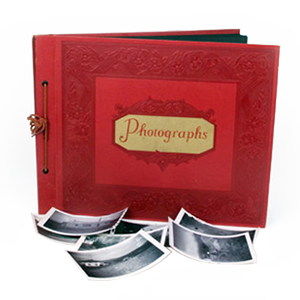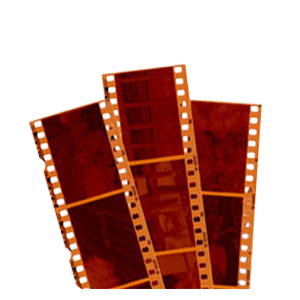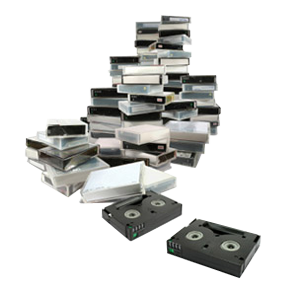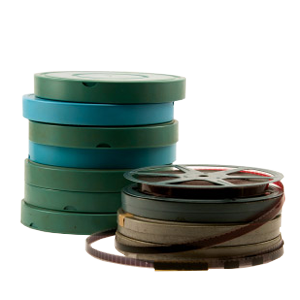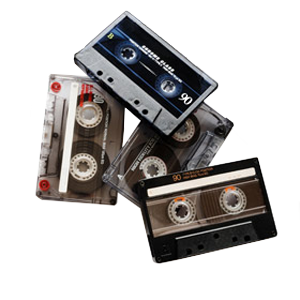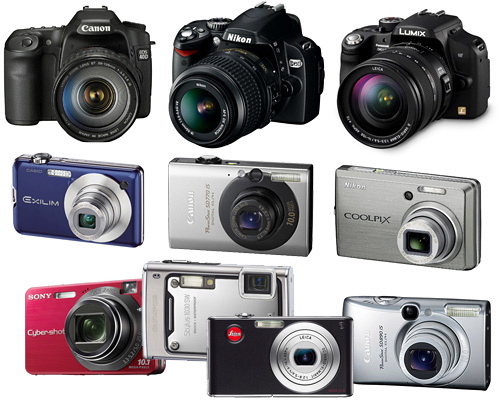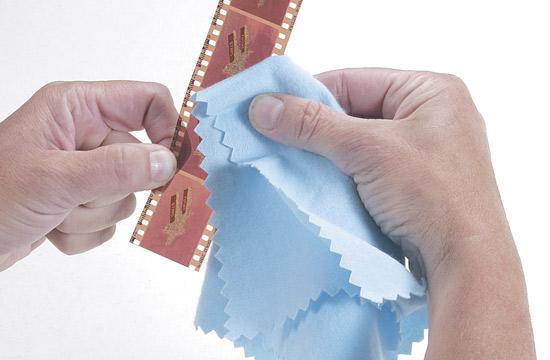DVD Your Memories is one of the few companies primarily built for our local customers who wish to transfer their old memories and convert them to a more modern format, such as local VHS to DVD in Orange County, slide scanning to DVD Los Angeles, and transfer audio cassettes to CD. VHS tapes in particular was a very popular format for recording priceless home movies. Often times, these tapes can run in excess of 6 hours or longer! Many of us would find it stressful to send such important items away in the mail, when there are more convenient local options available. 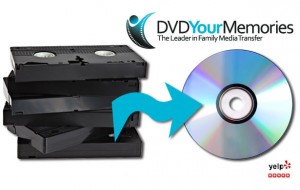 Peace of Mind – Keeping your media local will ensure that your media will not get lost in transit, or misplaced at any point during the shipping process. Since we handle all of our orders directly in our offices, you’ll know where your precious media is at all times. Once you leave your memories in our hands, they will remain safe until you come in to pick up your new DVDs. Customer Experience – DVD Your Memories is set up to allow one on one interactions with the technician working on your order. This starts with the initial order-taking process. If at all possible, we will match your order type with the technician who will be doing the bulk of the work on the order. (For instance, if you had order of film to DVD in San Diego, our san diego film technician, Ilo, would be the one to take your order that day). This same technician will also be contacting you throughout the transfer process to indicate when the order had been completed, or if any additional information is required. In turn, our customers are encouraged to contact their technicians through phone or email, if they think of anything else they’d like to add or otherwise change their initial order. This will help ensure that your order is processed to your exact specifications and details. Fast Turnaround – When dealing with local companies, you will often get a much faster turnaround than if you were to mail it off to a processing facility. Depending on how much media you bring in, we can sometimes have your order finished within 24 hours. This alone will save you not only time, but massive shipping and handling costs. Visit our store locator page to find the DVD Your Memories around your area. San Diego: 8305 Vickers St. Suite 206 San Diego, CA 92111 (858) 503-7965 sandiego@dvdyourmemories.com Orange County: 18226 W. McDurmott Street, Suite D Irvine, CA 92614 (949) 679-7333 orangecounty@dvdyourmemories.com Los Angeles: 3710 South Robertson Blvd Suite 205 Culver City, CA 90232 (310) 836-1403 losangeles@dvdyourmemories.com Denver: 7720 E Belleview Ave. Suite B-103 Greenwood Village, CO 80111 (303) 221-2720 denver@dvdyourmemories.com
Peace of Mind – Keeping your media local will ensure that your media will not get lost in transit, or misplaced at any point during the shipping process. Since we handle all of our orders directly in our offices, you’ll know where your precious media is at all times. Once you leave your memories in our hands, they will remain safe until you come in to pick up your new DVDs. Customer Experience – DVD Your Memories is set up to allow one on one interactions with the technician working on your order. This starts with the initial order-taking process. If at all possible, we will match your order type with the technician who will be doing the bulk of the work on the order. (For instance, if you had order of film to DVD in San Diego, our san diego film technician, Ilo, would be the one to take your order that day). This same technician will also be contacting you throughout the transfer process to indicate when the order had been completed, or if any additional information is required. In turn, our customers are encouraged to contact their technicians through phone or email, if they think of anything else they’d like to add or otherwise change their initial order. This will help ensure that your order is processed to your exact specifications and details. Fast Turnaround – When dealing with local companies, you will often get a much faster turnaround than if you were to mail it off to a processing facility. Depending on how much media you bring in, we can sometimes have your order finished within 24 hours. This alone will save you not only time, but massive shipping and handling costs. Visit our store locator page to find the DVD Your Memories around your area. San Diego: 8305 Vickers St. Suite 206 San Diego, CA 92111 (858) 503-7965 sandiego@dvdyourmemories.com Orange County: 18226 W. McDurmott Street, Suite D Irvine, CA 92614 (949) 679-7333 orangecounty@dvdyourmemories.com Los Angeles: 3710 South Robertson Blvd Suite 205 Culver City, CA 90232 (310) 836-1403 losangeles@dvdyourmemories.com Denver: 7720 E Belleview Ave. Suite B-103 Greenwood Village, CO 80111 (303) 221-2720 denver@dvdyourmemories.com



